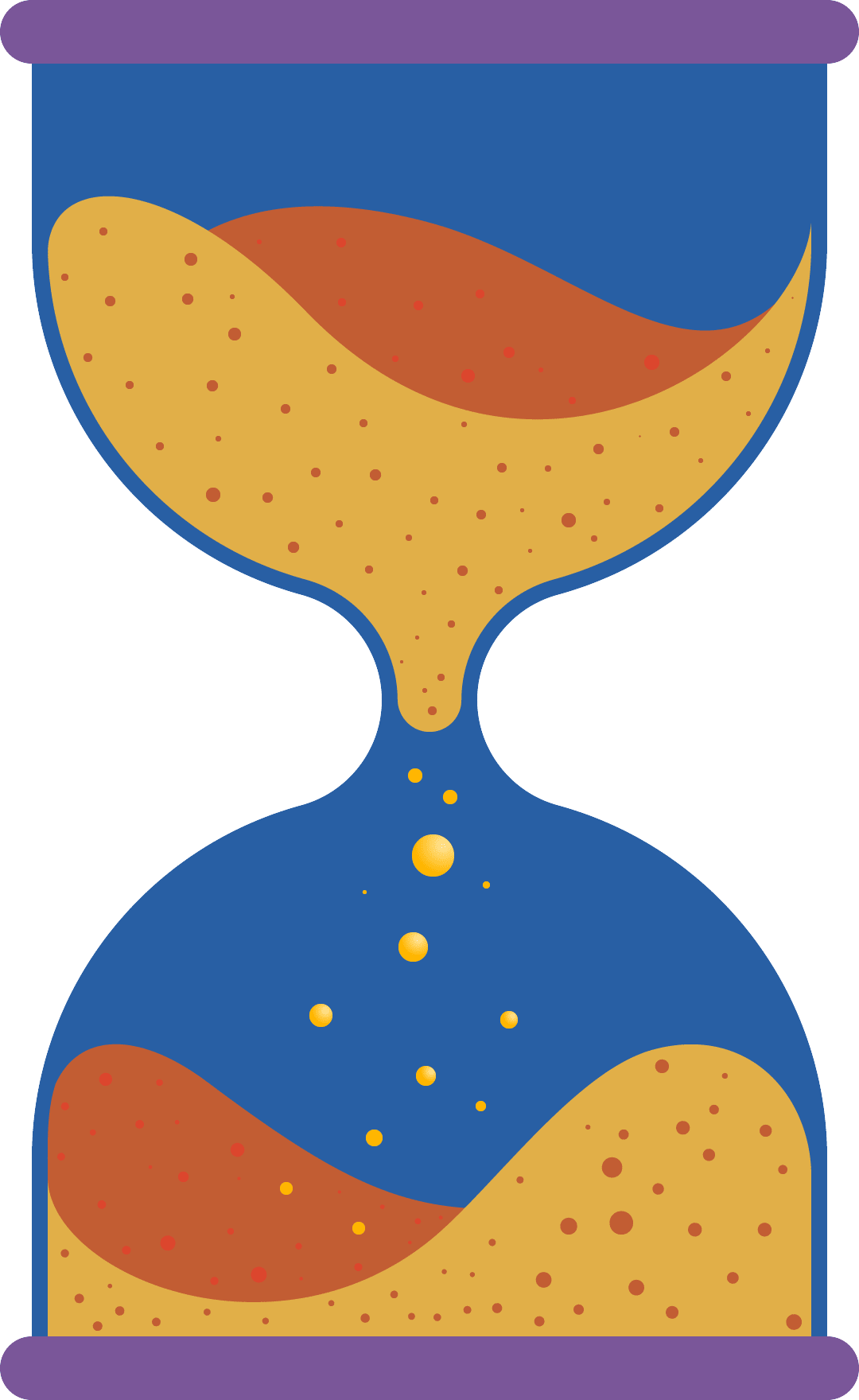Registration for this Webinar is Now Closed.
We're sorry, but registration for the webinar you're looking for has closed. Don't worry though, there's more to discover! Explore our on-demand webinars and upcoming live sessions to stay current with the latest in separation science technology. The video recording will be available on our website.


